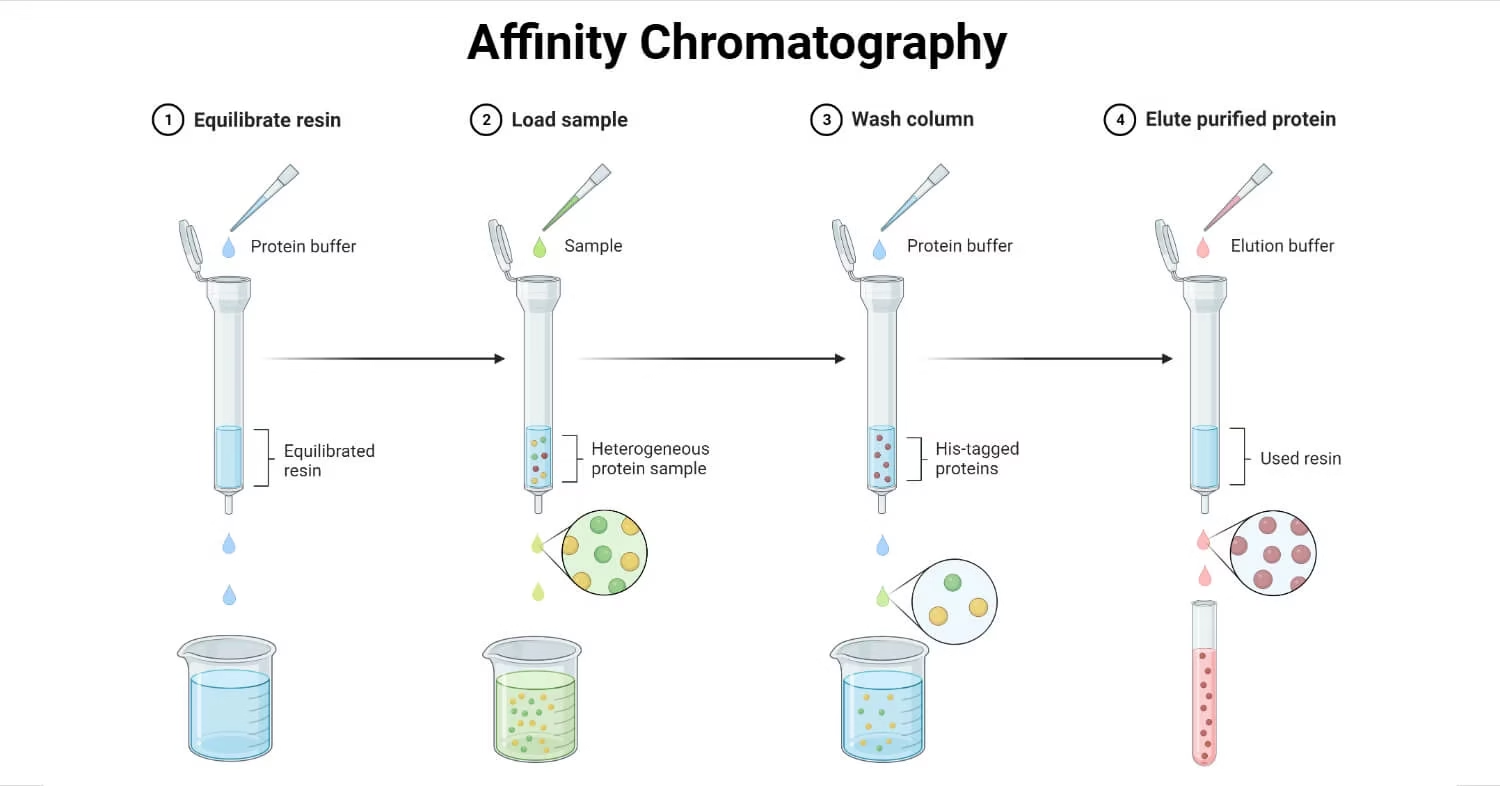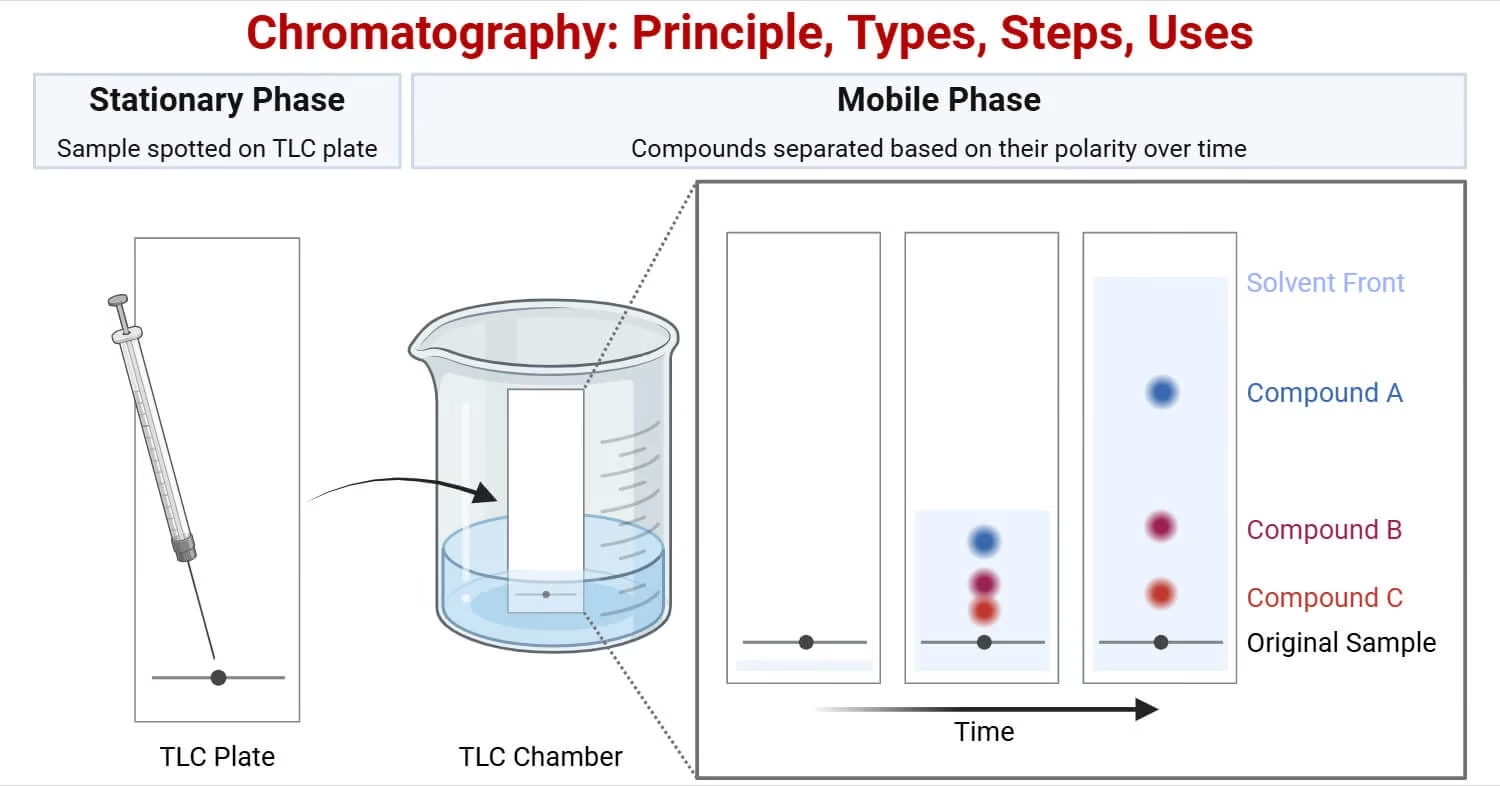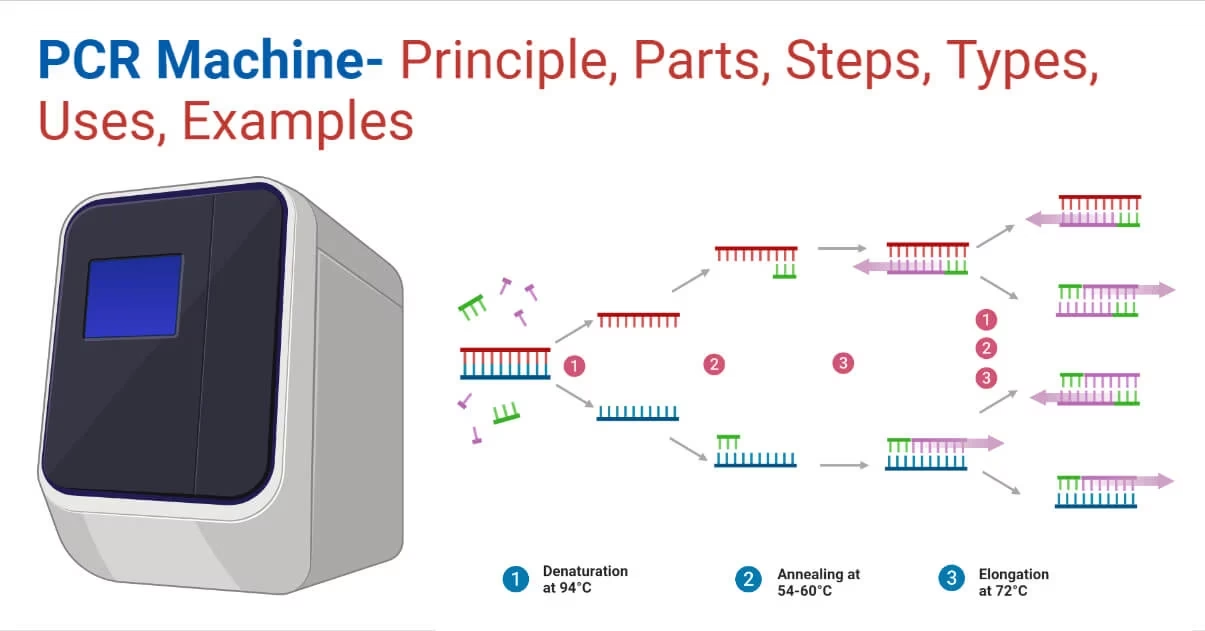Centrifugal Force and Centripetal Force – Definition, Differences, Principles, Examples & Applications
When an object moves in a circular path, two important forces come into play — centripetal force and centrifugal force. Centripetal force is a real force that pulls an object towards the center of its circular path. Centrifugal force is a fictitious (pseudo) force that seems to push an object outward, away from the center.









